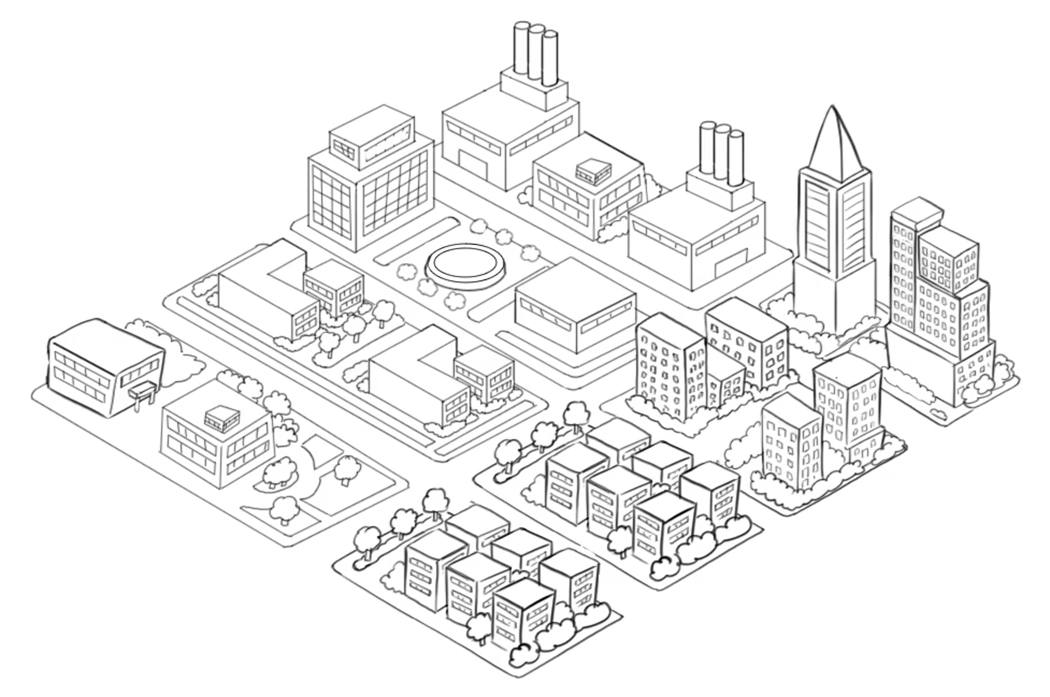
IESE Insight
Do environmental NGOs contribute to urban sustainability?
"Yes" is the short answer. Research by Horacio Rousseau, Pascual Berrone and Liliana Gelabert shows green NGOs have a positive impact on city life, while there are a few mitigating factors to consider.
"Sustainable cities and communities" is one of the United Nations' 17 Sustainable Development Goals (SDGs). How might we get there?
Environmental nonprofit organizations are a good place to start. Research by Horacio Rousseau, Pascual Berrone and Liliana Gelabert finds that a higher density of green nonprofits in a city predicts lower industrial pollution levels. Green NGOs are also associated with an increase in the number of buildings with environmental certifications.
Turning now to mitigating factors, the study finds that higher education levels, more innovation, the presence of large corporate headquarters and higher incomes in cities all amplify the impact of environmental NGOs. On the other hand, their impact weakens in communities stratified by more income inequality. These findings come from analyzing a unique dataset spanning 12 years for the 100 most economically robust communities in the United States.
Video used with permission from the Academy of Management.
"Localizing Sustainable Development Goals: Nonprofit Density and City Sustainability," by Horacio E. Rousseau, Pascual Berrone and Liliana Gelabert, Academy of Management Discoveries, vol. 5, no 4.
Pascual Berrone acknowledges the financial support of the Spanish Ministry of Science, Innovation and Universities. Grant No. ECO2016-79894-R, the Schneider Electric Sustainability and Business Strategy Chair, and the IESE High Impact Initiative (2017/2018).
